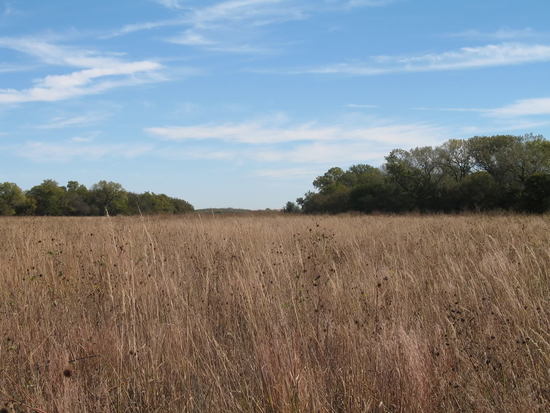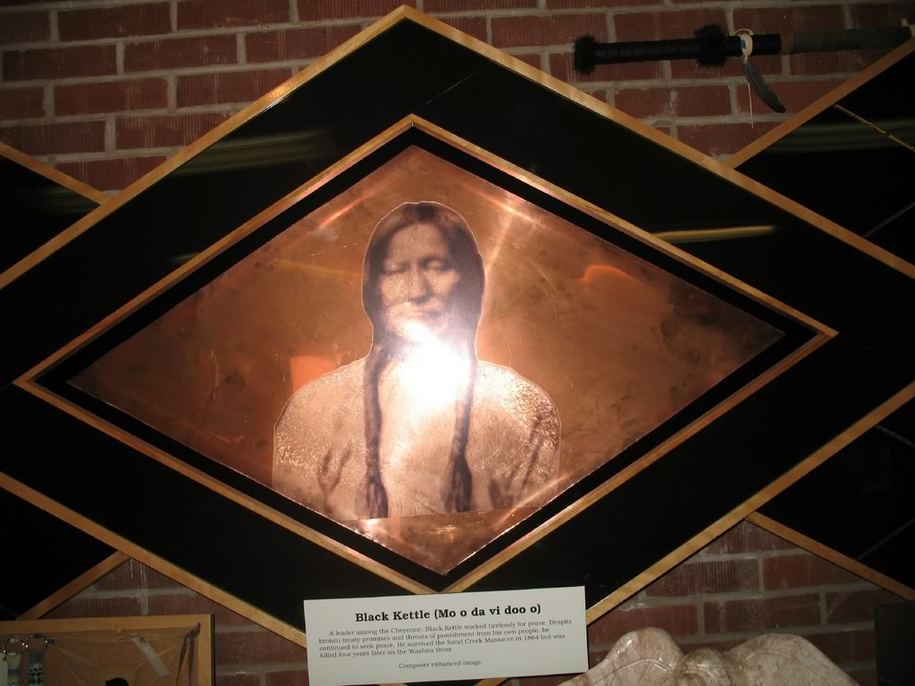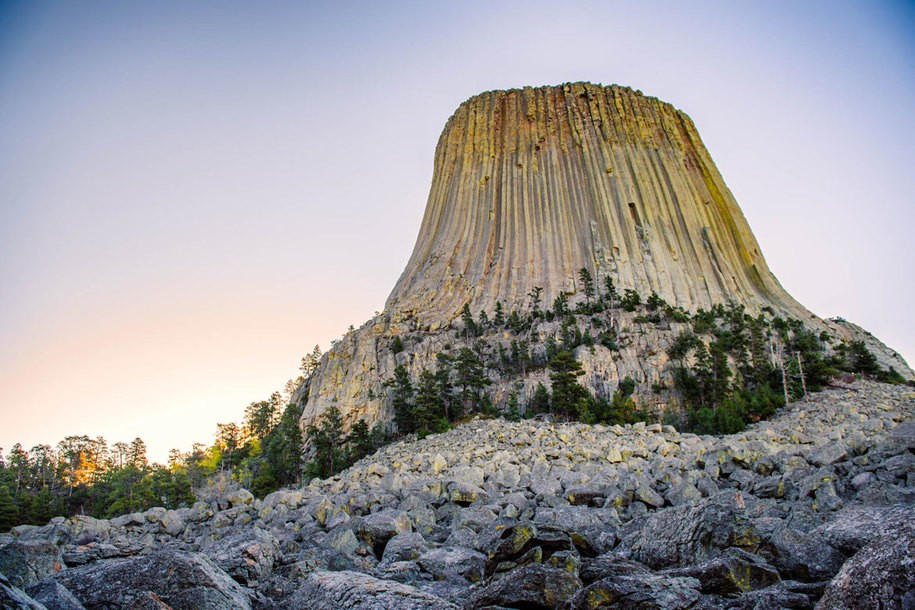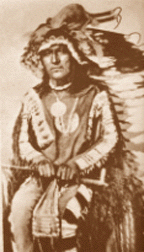Roman Nose, Cheyenne Warrior, Was Different Things To Different People

“…Roman Nose made his record against the whites, in defense of territory embracing the Republican and Arickaree rivers. He was killed on the latter river in 1868, in the celebrated battle with General Forsythe. Roman Nose always rode an uncommonly fine, spirited horse, and with his war bonnet and other paraphernalia gave a wonderful exhibition. The Indians used to say that the soldiers must gaze at him rather than aim at him, as they so seldom hit him even when running the gantlet before a firing line…”
(All bold mine)
I drove to Roman Nose State Park as a worried young man in 1990, seeking some resolve and solace.
Roman Nose State Park Once a winter campground of the Cheyenne tribe, this area now is a scenic retreat set on a canyon bluff that over-looks ancient mesas.
The park is named after Chief Henry Roman Nose, who is not to be confused with the Roman Nose shown in the beginning (Chief Henry Roman Nose is not the primary one I would discuss with a ranger, although he mentioned him first).
I had started setting up my tent when a ranger came by to take my camping fee. He was very conversational and mentioned a procession that had occurred there. Also, he told me that there was a lodge where Chief Henry Roman Nose had done the Inipi ceremony (sweat bath) as he pointed northwards. Then, the ranger mentioned Roman Nose, and for some reason that’s what caught my interest. “Who’s Roman Nose?” I asked ignorantly. “A Dog Soldier,” he said. “He’s different things to different people.” That’s all I remember him saying. A feeling of mystery came over me after he left. I finished setting up camp. The Inipi that he claimed Chief Henry Roman Nose had used was on a little hill with a small stream below it running under an undersized bridge. I dipped my head in the cold stream to clear my mind and walked up the hill. The Inipi was on the south side of the hill, and its frail structure looked like it’d been there for ages. If what the ranger said was true, it had been there for more than a century. Its willow structure looked feeble, and the grass in it was about a foot tall. I sat it in much that afternoon, evening, and that next morning finding the strength to face my own challenges; yet, when I left I did not understand why Roman Nose was “different things to different people.” That answer as I now know, lies much in his connection to the Sand Creek Massacre.
Source Congressional Testimony of Mr. John S. Smith
Question. How many Indians were there?
Answer. There were 100 families of Cheyennes, and some six or eight lodges of Arapahoes.
Question. How many persons in all, should you say?
Answer. About 500 we estimate them at five to a lodge.
Question. 500 men, women and children?
Answer. Yes, sir. Question. Do you know the reason for that attack on the Indians?
While the previous version of this is here and goes into more detail, I want the focus to be on “Roman Nose was different things to different people.”
Personal Conclusions
I recall how the Inipi that Chief Henry Roman Nose was said to have sweat in by the ranger in 1990 was gone in 2003, but that little stream and bridge were still right below the hill where it once was. Also, I remember what he said, “Roman Nose was different things to different people.”
To finally answer why he was “different things to different people” in my view now… He was a hero to the Cheyenne and Arapaho because of all their lives he saved; but, he was a villain to the likes of Chivington, because of all their lives he saved. Roman Nose did not bring more death to his people by defensively fighting, because the “villains” were going to attempt exterminating all of them regardless.
Two decades later, on the occasion of the nation’s 1876 centennial celebration, the country’s leading literary intellectual took time out in an essay expressing his “thrill of patriotic pride” flatly to advocate “the extermination of the red savages of the plains.” Wrote William Dean Howells to the influential readers of the Atlantic Monthly:
The red man, as he appears in effigy and in photograph in this collection [at the Philadelphia Centennial Exposition], is a hideous demon, whose malign traits can hardly inspire any emotion softer than abhorrence. In blaming our Indian agents for malfeasance in office, perhaps we do not sufficiently account for the demoralizing influence of merely beholding those false and pitiless savage faces; moldy flour and corrupt beef must seem altogether too good for them



